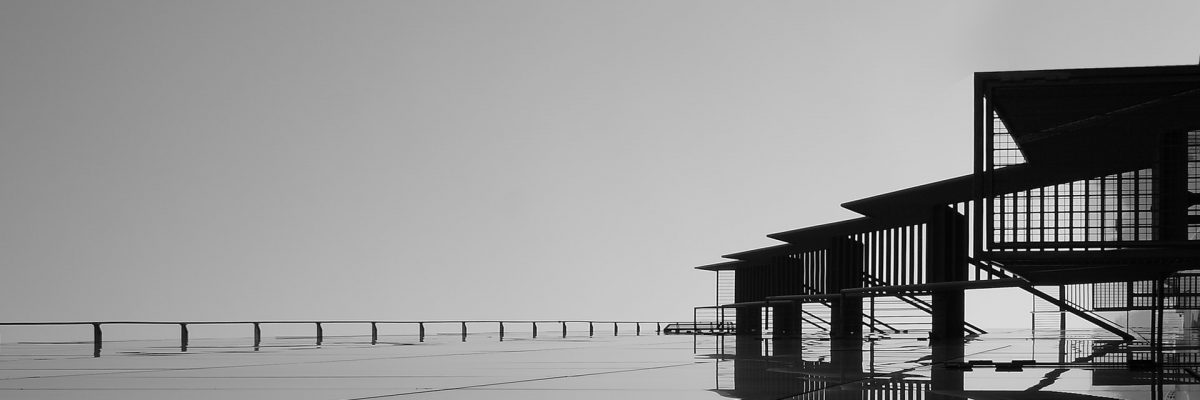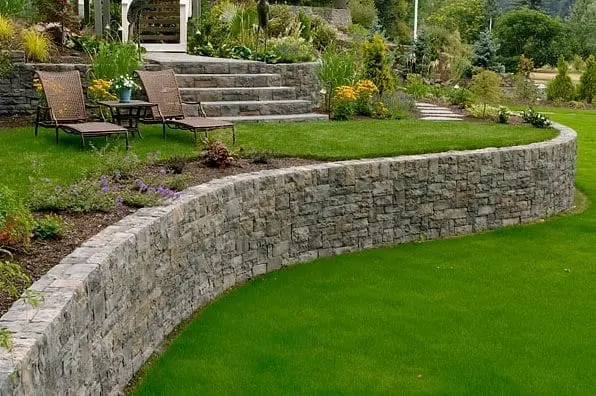When it comes to landscaping and outdoor design, retaining walls often serve as both functional and aesthetic elements that can transform your outdoor spaces. These architectural marvels, designed to support and retain soil, have evolved into an art form that can significantly enhance the beauty and functionality of your property. In this blog, we’ll explore the art of retaining walls and how they can be used to elevate your outdoor spaces.
The Dual Purpose of Retaining Walls
Retaining walls are more than just functional structures; they are integral components of landscape design. They serve two primary purposes:
Soil Retention: The primary function of retaining walls is to hold back and stabilize soil. They prevent erosion, landslides, and the shifting of soil, which can lead to a loss of valuable land.
Aesthetic Enhancement: Beyond their practical use, retaining walls have become key design elements in outdoor spaces. They can be crafted to add beauty, structure, and character to gardens, terraces, and yards.
Designing with Retaining Walls
Creating an artful retaining wall involves careful planning, selection of materials, and consideration of the overall landscape. Here are some design elements to keep in mind:
1. Material Selection: Retaining walls can be built using various materials, including natural stone, concrete blocks, bricks, timber, and even gabion baskets. The choice of material can significantly impact the wall’s aesthetics.
Natural Stone: Offers a rustic and timeless look, perfect for natural and organic landscapes.
Concrete Blocks: Provide a clean and contemporary appearance, suitable for modern designs.
Bricks: Offer a classic and elegant aesthetic, ideal for traditional and formal gardens.
2. Texture and Color: The texture and color of the retaining wall should complement the surrounding landscape. Some materials come in a variety of finishes and colors, allowing for customization.
3. Curved or Straight Lines: The shape of the retaining wall can create a sense of movement and flow in your outdoor space. Curved walls can add a sense of whimsy and softness, while straight lines convey a more formal and structured appearance.
4. Height and Layering: Varying the height and layering of retaining walls can add dimension and visual interest. It allows for the creation of terraced gardens, raised planting beds, and seating areas.
5. Plant Integration: Incorporating greenery into the design can soften the look of the retaining wall and blend it with the surrounding landscape. Planters, vines, and pockets for small plants can be integrated into the wall’s structure.
Benefits of Artful Retaining Walls
An artfully designed retaining wall can have a multitude of benefits for your outdoor spaces:
1. Erosion Control: Retaining walls help prevent soil erosion and stabilize steep slopes, which is essential for properties with challenging terrain.
2. Increased Usable Space: By creating terraced levels, you can maximize your outdoor space, providing more room for gardens, seating areas, and entertainment.
3. Visual Focal Points: Retaining walls can become eye-catching focal points in your landscape, drawing the attention of visitors and adding visual interest.
4. Enhanced Privacy: Taller retaining walls can offer privacy, creating a sense of seclusion within your outdoor space.
5. Improved Drainage: Well-designed retaining walls can help manage water runoff and prevent water-related issues, such as flooding and soil erosion.
6. Longevity and Durability: When built with quality materials and proper engineering, retaining walls can last for decades, making them a sound investment for your property.

The Art of Building Retaining Walls
While the design and aesthetic appeal of retaining walls are crucial, it’s equally important to consider the structural integrity. Here are some steps to ensure your retaining wall is both beautiful and stable:
1. Proper Planning: Begin with a well-thought-out plan that considers the site, drainage, and purpose of the wall.
2. Professional Engineering: For taller or more complex retaining walls, consult with a structural engineer to ensure it meets safety standards and local building codes.
3. Proper Base: A strong and level base is essential to provide stability to the wall.
4. Adequate Drainage: Proper drainage systems, such as weep holes and backfill material, prevent water buildup behind the wall, which can weaken its structure.
5. Quality Construction: Pay attention to the construction details, including the use of suitable materials, precise measurements, and secure anchoring.
6. Experienced Installation: Hiring experienced contractors or masons with expertise in building retaining walls is crucial for a successful project.
7. Maintenance: Regular maintenance, including inspection for signs of wear, erosion, or settling, is necessary to preserve the wall’s integrity.
Retaining walls are not just utilitarian structures; they are canvases for artistic expression in your outdoor spaces. When carefully designed and constructed, they can serve both functional and aesthetic purposes, creating a harmonious and captivating environment for your home or business.
Ready to transform your outdoor space with stunning retaining walls? Contact Forged Design today and turn your landscape into a work of art, blending beauty and functionality seamlessly.





